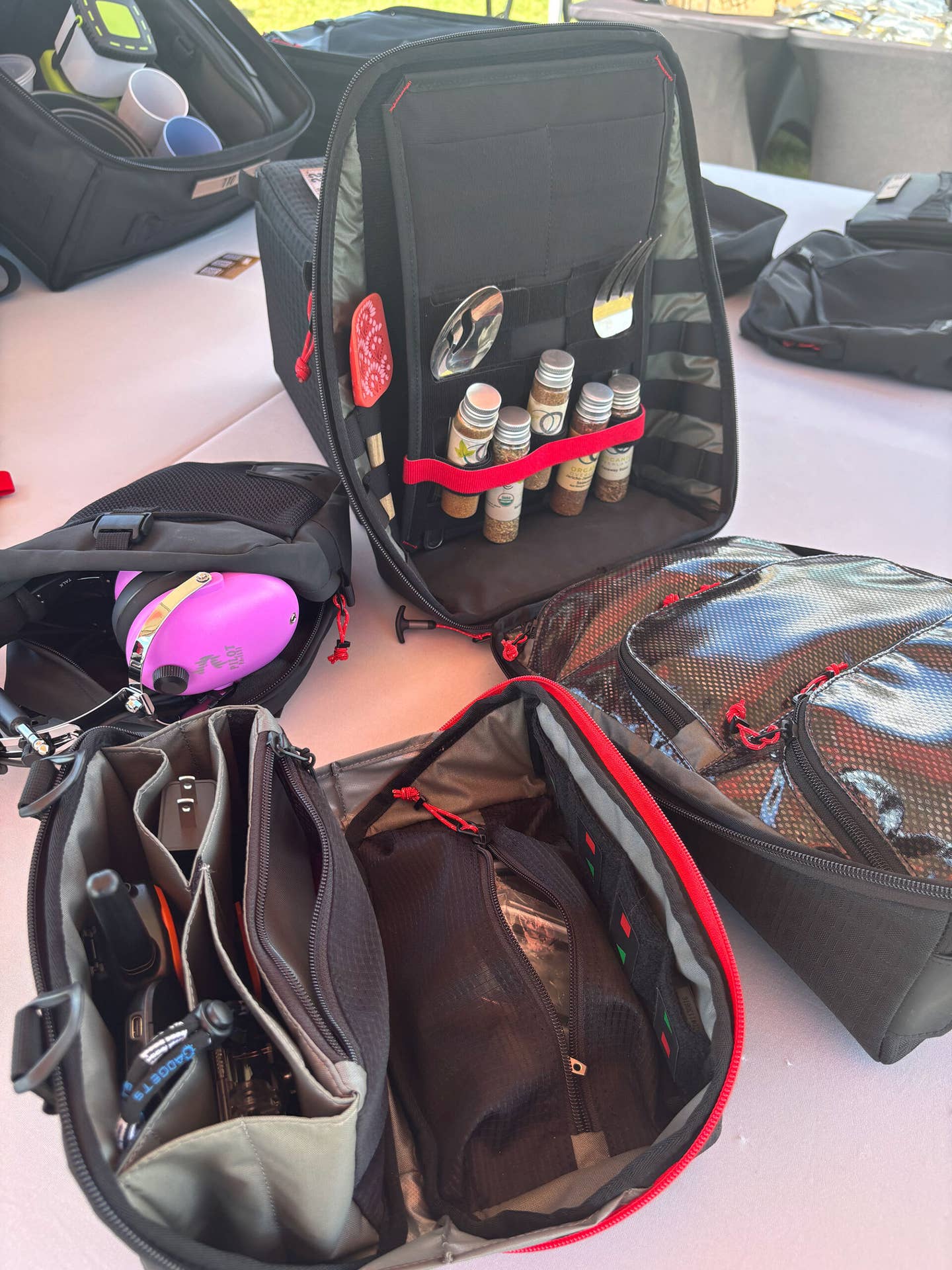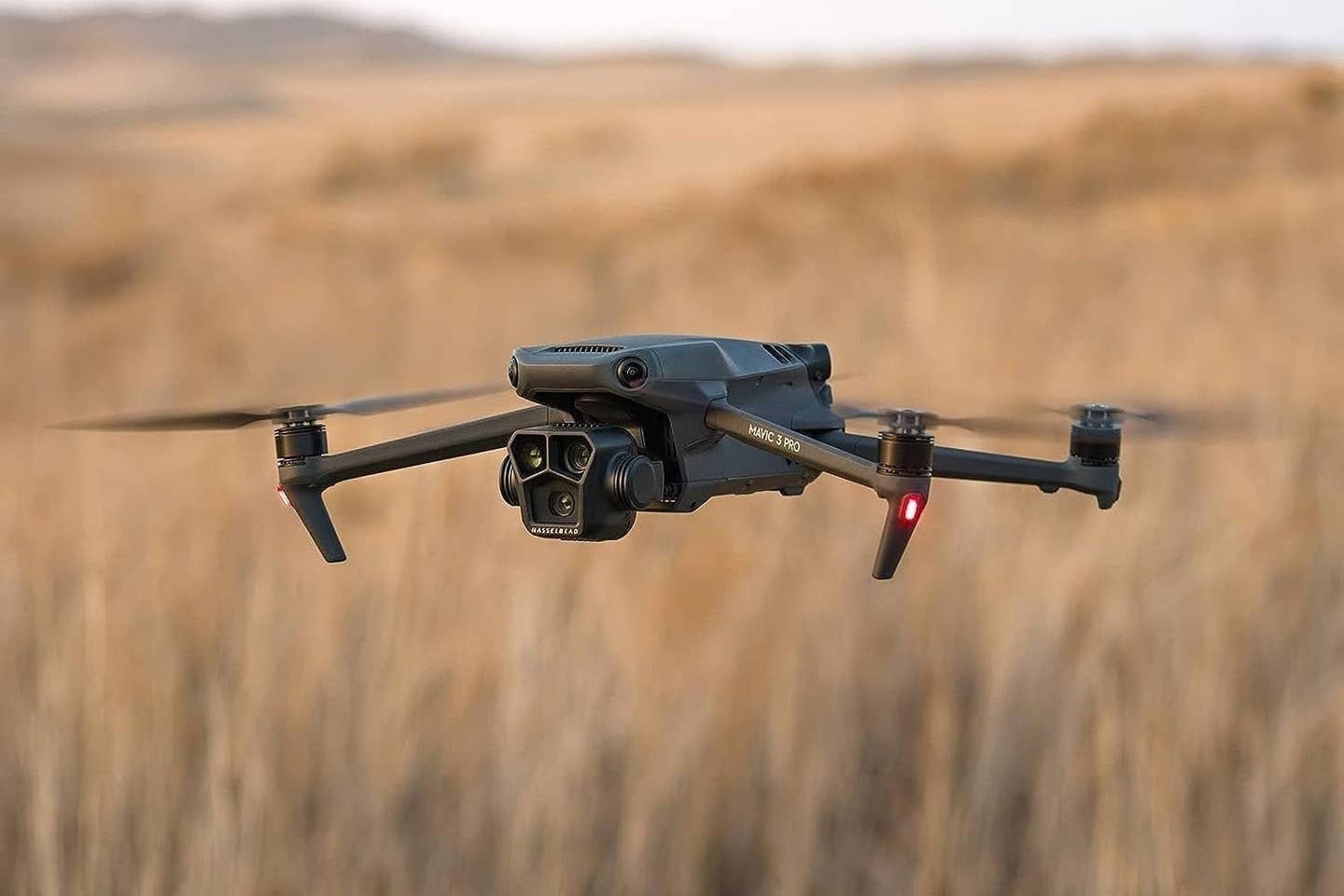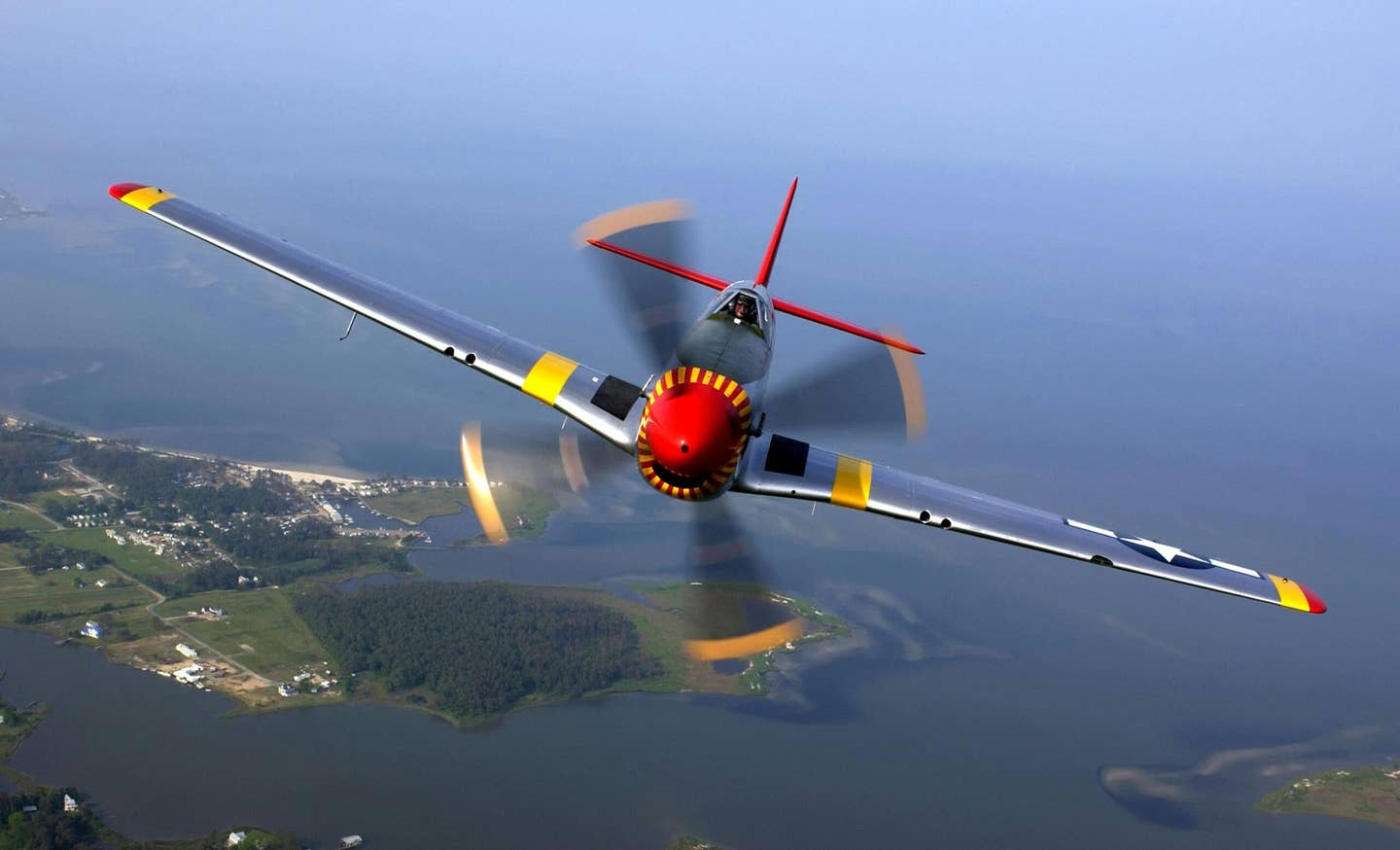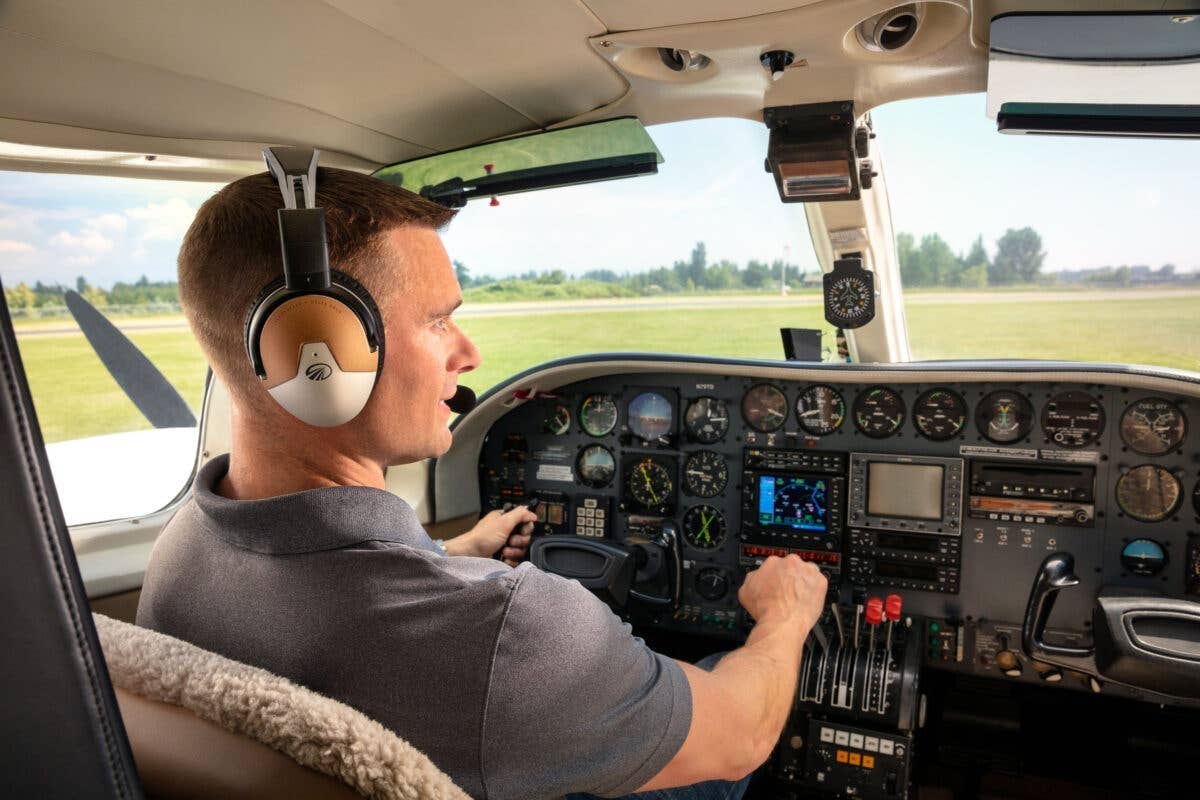How Icon‘s Safety App Is Just One Element Of A Company‘s Transformation
A seemingly simple risk-assessment app is groundbreaking. And there’s a universe of change that allowed it to come about.
When I stopped by Icon's exhibition space at Oshkosh in July to say hi and meet some of the new folks at the company, I wasn't really prepared for what I found. The company has transformed itself, and I say this even though I went into the meeting knowing that it had. The breadth of the change, the apparent commitment to safety that's driving it, and a commitment to transparency wholly lacking in years past were on full display. Smiles. Friendly back and forth. Real answers to tough questions. I was and remain impressed.
But the thing that captured my imagination was the company's new app, called Icon SMART, that prompts a pilot to input the major risks associated with the proposed flight and at the end of the process issues a risk-assessment score.
The backstory? While I know that the last thing Icon wants to read here is a rehashing of its troubled history, the story of the company's remarkable transformation makes no sense in its absence.
Back in 2006 when Icon announced its planned Light Sport amphibian, the Icon A5, it made clear that the design would be correcting the lack of vision that other aircraft designers had exhibited since the days of the Wrights. This they would do by creating an easy-to-fly, spin-resistant two-seat amphibious seaplane that would bring in thousands of customers who were not yet pilots for the sheer joy appeal of the product. Except for the boastful claim about their design abilities, that's all good stuff, though anyone who's been around personal flying for long knows that when you bring in customers who aren't yet pilots, there's greatly elevated risk, such that even a very friendly, flying stall-averse light plane can only go so far to mitigate.
The A5 made its first flight in 2008. The first customer delivery was early in 2016.
In the interim, there was also the lavish spending on events while the A5 languished, giving some the sense that company cared more about continued sales than the airplane's development. Which was troubled. Given the aircraft's substantial wing design, the plane was too heavy, to the point that Icon concluded that it couldn't make the A5 much lighter and still arrive at the intended product. Ultimately, Icon got an FAA exemption that allowed it to grow beyond the LSA standard category's (too low, we believe) weight limit of 1,430 pounds by as much as 250 pounds, though the company only used a fraction of that allowance. And its argument in requesting the exemption, that the A5's stall resistant wing design and ballistic parachute were worthy parts of that weight increase, makes good safety sense.
There was also the issue of describing the certification standard of the A5. The company frequently mentioned the A5's FAA certification, even though it was not and is not today FAA certificated. As an LSA, it's approved by the aviation regulatory agency, which reviews the company's records to check the boxes. This is a very different animal than actual FAA Part 23 certification, which involves great expense and direct involvement by the FAA before the type (aircraft) and production (factory) certifications are granted. It's far from a semantic distinction, and it reflected poorly on the company that it was committed to the questionable, and in my view, unnecessary spin, one that I believe takes advantage of customers' confusion about the differences between the Light Sport and Part 23 approval processes.
And before long funding became an issue, because building airplanes is way more expensive than selling them. Predictably, the company shuffled and reshuffled. I'll admit that I have little interest in the subject of finance in general, and crisis finance even less. It's hard to watch companies walk the fine line between, on one side, going belly up and shutting the doors and on the other side of the line, promising airplanes it doesn't have the money to build. But sadly, it is one of the most common stories in our world of light planes. Icon, as some observers, myself included, predicted, could not escape the inescapable, that low revenue in the face of high expenditures cannot, no matter how desperately one dog paddles, keep's ledger above water.
Hawkins resigned as CEO in 2018, and a new majority owner, Pudong Science and Technology Investment, Inc. (PDSTI) emerged, providing critical funding. That funding has been impacted by constraints on PDSTI from China, so much that minority shareholders Kirk Hawkins and Phil Condit filed suit against PDSTI alleging that it was transferring the company's technology to China and that it doesn't intend to make Icon successful. That action is ongoing.
Underlying all of this was a safety problem, or I should say, a safety culture problem that turned into a safety problem. At an Oshkosh press conference years ago, then-company president and founder Kirk Hawkins in front of a crowd of many hundreds packed into and around the company's large exhibition space, described a demo flight he'd given, one that included slow-flight demonstrations at pattern altitude, which is not a safe thing to do. But that seemed to be the point. The message I got was that the demonstration was intended to show that the A5 wasn't just any airplane. It was safer and could do things that other airplanes either couldn't or shouldn't do. The company's flashy video highlight reel, played at the same event, showed A5s flying low and fast and maneuvering aggressively near terrain and the water's surface, sending a clear message that safety was anything but Job One at Icon.
A few years ago, the A5 suffered a couple of tragic, high-profile mishaps, including the crash that claimed the lives of two of their employees, chief engineer and test pilot Jon Karkow and Cagri Sever, a newly hired head of engineering. The A5 Karkow was piloting crashed into terrain when he mistakenly turned up the wrong canyon on the shore of Central California's Lake Berryessa and couldn't get turned around as the canyon quickly narrowed amid high terrain. The details of the crash are discussed on the Wikipedia page devoted to the A5.
A couple of years later, retired Major League Baseball pitcher (and surefire Hall of Fame member) Roy "Doc" Halladay was killed when he flew his Icon A5 at speed while maneuvering at low level into Tampa Bay, a story that, given Halladay's status, was global news. Halladay's crash revealed a wealthy of problems...with the pilot, not with the airplane. In addition to his risky low level maneuvering and anti-authoritarian attitude toward flying, the retired pitcher was found to have numerous disallowed prescription drugs in his system the day of the crash.
Indeed, the NTSB found neither crash to be the fault of the airplane---the A5 has gotten rave reviews around the industry, including here---but the twin tragedies focused the attention of the world on the risk factors involved in flying and in flying light sport aircraft.
I have declined repeated opportunities to fly the plane, not because I was worried about the A5---I'm not--- but, rather, because I was concerned about how the demo fight might go---I've been on a few scary demo rides and didn't want to repeat the experience. (I have a flight tentatively scheduled for the coming months.)
So, when it comes to Icon, I'm not a fan girl, to put it mildly, and my history with former leadership was strained, to again put it mildly, as I was one of the few journalists who held the company's feet to the fire on issues of financial constraint, safety culture and a lack of transparency, all stands that I'm proud to have taken. So, when Icon says that they're happy to be "repairing the relationship," I bristle a bit. It was never a relationship issue. They have repaired themselves, and that's something to celebrate.
Today's Icon Aircraft seems a very different company, and in large part that's because the culture has changed. Is it always necessary to make changes in leadership in order to effect a change in culture company-wide? I don't know, but the new leadership at Icon is different, and a big part of that change seems to flow from new personnel, with Jason Huang, who's led the company since 2020, and VP of sales and director of flight ops Warren Curry, along with chief pilot Genesah Duffy injecting a level of honest positivity that's refreshing.
Groundbreaking Safety App
It was Duffy who dreamt up and actually built the risk-assessment app, called SMART, for "Smart Survey for Managing And Assessing Risks To (Safety)." SMART works. The idea for the app, she told Plane & Pilot, came from her experience training and providing flight instruction at a Part 141 flight school, where risk assessment is emphasized throughout training.
Following a serious, non-fatal crash of an A5 during a sales demo flight, the company initiated a review of safety. It subsequently rolled out SMART internally at first, and it was such a hit the company decided to make it available to its customers, too. More than half of them, Duffy said, use the app.
The app really is simple to use, so much so that its ability to access and weigh various risk factors might seem an easy achievement. It's not, and that ease of use is key. After all, what good is a risk assessment app that goes unused?
SMART walks the pilot through every step as they enter the various risk factors for the flight. These include (but are not limited to) pilot experience and, critically, experience in the A5, the size of the body of water, the winds, the surface condition, the density altitude, plus the aircraft weight (including fuel and stores and occupants) and center of gravity. It also asks the pilot to enter in factors that might negatively impact safety of flight, such as fatigue and mental state. And there's weather to factor in, too, of course. The whole process takes less than five minutes to complete.
If this sounds like a lot of complexity, we agree. It sounds that way, but it's not. The app is so elegant and well-designed that even first-time users can breeze through it.
In the end, the app looks at all the risk factors and calculates a score based on the inputted risks and their individual score---some risk factors are value limited in some way, such as wave height, visibility or wind speed and gust factor. And all of them are weighted in conjunction with the pilot's level of experience.
In most cases, the score will be within acceptable limits, but it still poses relevant warnings for those risk factors that are noteworthy for that flight, such as if the water surface is glassy and the surface is glassy.
If SMART seems like the kind of app that every light plane pilot could benefit from, we agree. For now, owners and pilots of Icon A5s have the power to review the risk factors facing them before takeoff and make their go or no-go call based on a multitude of factors. The app doesn't prevent pilots from taking big risks, as Halladay did and paid for with his life, but for pilots who are looking to realistically assess their risk factors, it's pure gold.
And it is, let me repeat, a powerful indication, it seems, of a company headed in the right direction in terms of safety culture but also in listening to its employees' ideas, in this case a great idea, and putting it into action, making for better informed and, ultimately, safer-flying customers.

Subscribe to Our Newsletter
Get the latest Plane & Pilot Magazine stories delivered directly to your inbox






